On our way to visit the Spoetzl Brewery in Shiner, Texas, my husband agreed that since that outing was “his thing,” we should make a stop on the way that was something I would especially enjoy. And, yes…he knew that would entail sitting in the car as I roamed an old cemetery somewhere along the route, taking photos. He’s a good sport!
So, with a bit of quick Googling, I found Lavaca County’s Old Moulton Cemetery. It seemed to have a good number of older headstones and offer some exploring opportunities.
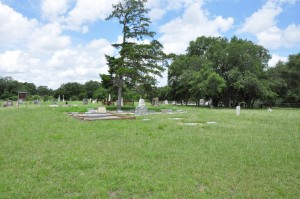
It was in this cemetery that I came across the marker of R.H. and E. J. McGinty – both born toward the first part of the 19th century.
The stone is in remarkably good shape, given that it has been exposed to Texas weather for over 100 years.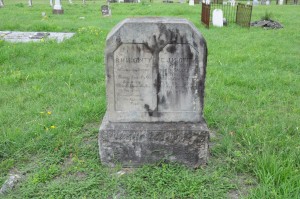
The engraving itself was obviously not done by a seasoned professional. But whoever did carve the marker took great care and engraved the names, information and epitaph to the best of their ability. The extra effort makes it all the more poignant.
So, who was this couple?
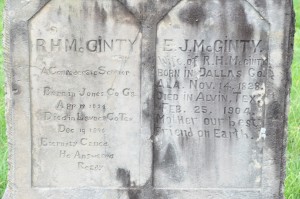 Robert Henry McGinty was born to Shadrach McGinty and Mary “Polly” Lamar McGinty on April 17, 1824 in Jones County, Georgia. Mary’s father James Lamar, according to family stories, was a first cousin to Mirabeau B. Lamar, the second president of the Republic of Texas.
Robert Henry McGinty was born to Shadrach McGinty and Mary “Polly” Lamar McGinty on April 17, 1824 in Jones County, Georgia. Mary’s father James Lamar, according to family stories, was a first cousin to Mirabeau B. Lamar, the second president of the Republic of Texas.
Shortly after 1840, Robert’s family moved to Dallas County, Alabama where he would meet his future wife. Her name was Elizabeth “Eliza” Jane Lucas, who was born in Dallas County on November 14, 1828. They married on Feb. 6, 1844.
By the 1850 census, Robert, his new wife Jane (age 21) and their sons John Henry (age 3, born Dec. 1, 1846) and James Milton (age 1, born Jan. 10, 1849) lived on a farm next to Shadrack’s in Catahoula Parish, Louisiana.
Another family story explains that both were farmers on the Dubois Plantation at the time. Although there is still a Dubois Plantation Road off of Highway 190 in Tammany, Louisiana near the famous River Road District, this is in St. Tammany Parish.
Catahoula Parish is far north of this location, closer to Natchez. But, of course, there is nothing to say that they did not live on plantation grounds, and that the family just misinterpreted the name through the years. Plantation names were not listed on the censuses, but Catahoula Parish had the highest number of slaves in the era, so it makes sense that the area was plantation/farm country.
But I digress…history does that to me.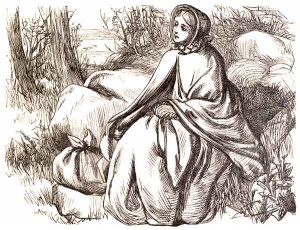
The next handful of years were filled with joy and sorrow: the birth of daughter Mary Jane in 1851; the death of son John Henry in 1853; the birth of daughter Susan E. in 1854; the birth of son Obediah L. in 1857; the birth of son Robert in 1859, and the death of Susan the same year.
Evidently, during that time Robert’s parents Shadrack and Polly moved to El Dorado, Union County, Arkansas to farm. Shadrack disappears from the records soon after that, and is assumed to have passed away.
So to help his mother and leave the heartache of lost children behind, Robert and Jane moved their family to Arkansas, inheriting and farming his father’s land. His mother Polly lived with them and appears in their household on the 1860 census.
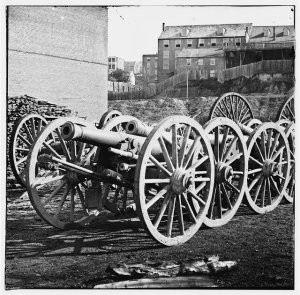 Robert left to serve in the Confederate Army, Company C, Second Battallion of the Arkansas Infantry on September 22, 1861. He was wounded by enemy artillery and sent home in December, probably in time to see the birth of daughter Nancie (Nannie) Aresenith on Dec. 20, 1861.
Robert left to serve in the Confederate Army, Company C, Second Battallion of the Arkansas Infantry on September 22, 1861. He was wounded by enemy artillery and sent home in December, probably in time to see the birth of daughter Nancie (Nannie) Aresenith on Dec. 20, 1861.
In the spring, he returned to the army and served until the end of the Civil War, joining Company I of the 6th Arkansas Regiment while it was stationed in Corinth, Mississippi.
After the war, as was the weight of large families of this era to bear, more children came into and passed from their lives.
The family welcomed another daughter, Sallie Micou, on Dec. 3, 1863, but mourned the death of their son Robert within a few months.
Their last son, Calhoun, arrived the 5th of November, 1866., and their last daughter Georgia was born in Lavaca County on May 5, 1871. (They had moved to Lacava County, Texas in 1870.)
And the losses continued, with Mary Jane (who had recently married) dying in March of 1869, Obe in Sept. of 1886 and little Calhoun just five days later.
Robert Henry joined the five of his ten children that passed before him on Dec. 19, 1896 in Moulton, Lavaca County, Texas. Imagine how sad the holiday season must have been for their family that year.
His epitaph reads, ”Eternity Called, He Answered Ready.”
In 1901 Jane filed for and received a Confederate widow’s pension. This document still exists and is a goldmine of information, confirming the above story.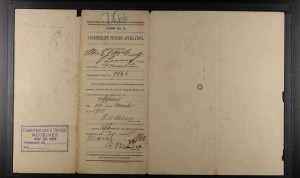
Jane passed away on February 25, 1904 in Alvin, Texas. Her son James Milton lived there, and although she was not listed on the most recent census in the household, perhaps she was visiting him at the time.
She had left five of her children behind, buried in different states. I’m sure she thought of them often.
Her touching epitaph reads, “Mother, our best friend on earth.”
Ironically, James Milton is buried in the Confederate Cemetery in Alvin, where I took some photos in May. I did not seem to get a shot of his marker though, so I guess I’ll have to go back for another visit.
Always looking for an excuse to find more stories.
Robert Henry McGinty (1824-1896) age 72
Elizabeth Jane Lucas McGinty (1828-1904) age 76
Their Children:
John Henry McGinty (1846-1853) age 7
James Milton McGinty (1849-1926) age 77
Mary Jane McGinty Slaughter (1851-1869) age 18
Susan E. McGinty (1854-1859) age 5
Obediah Lamar McGinty (1857-1886) age 29
Robert McGinty (1859- ?)
Nancy Aresenith McGinty Harris (1861-1940) age 79
Sarah Micou McGinty Crouch (1863-1955) age 92
Calhoun McGinty (1866-1875) age 9
Georgia McGinty Murphy (1870-1954) age 84
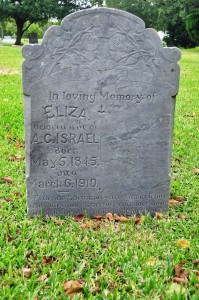 While walking through the LaPorte Cemetery in Harris County, Texas this gravestone caught my attention. It’s a lovely marker in wonderful shape, despite being over 100 years old. But what intrigued me is that someone seems to be missing.
While walking through the LaPorte Cemetery in Harris County, Texas this gravestone caught my attention. It’s a lovely marker in wonderful shape, despite being over 100 years old. But what intrigued me is that someone seems to be missing.

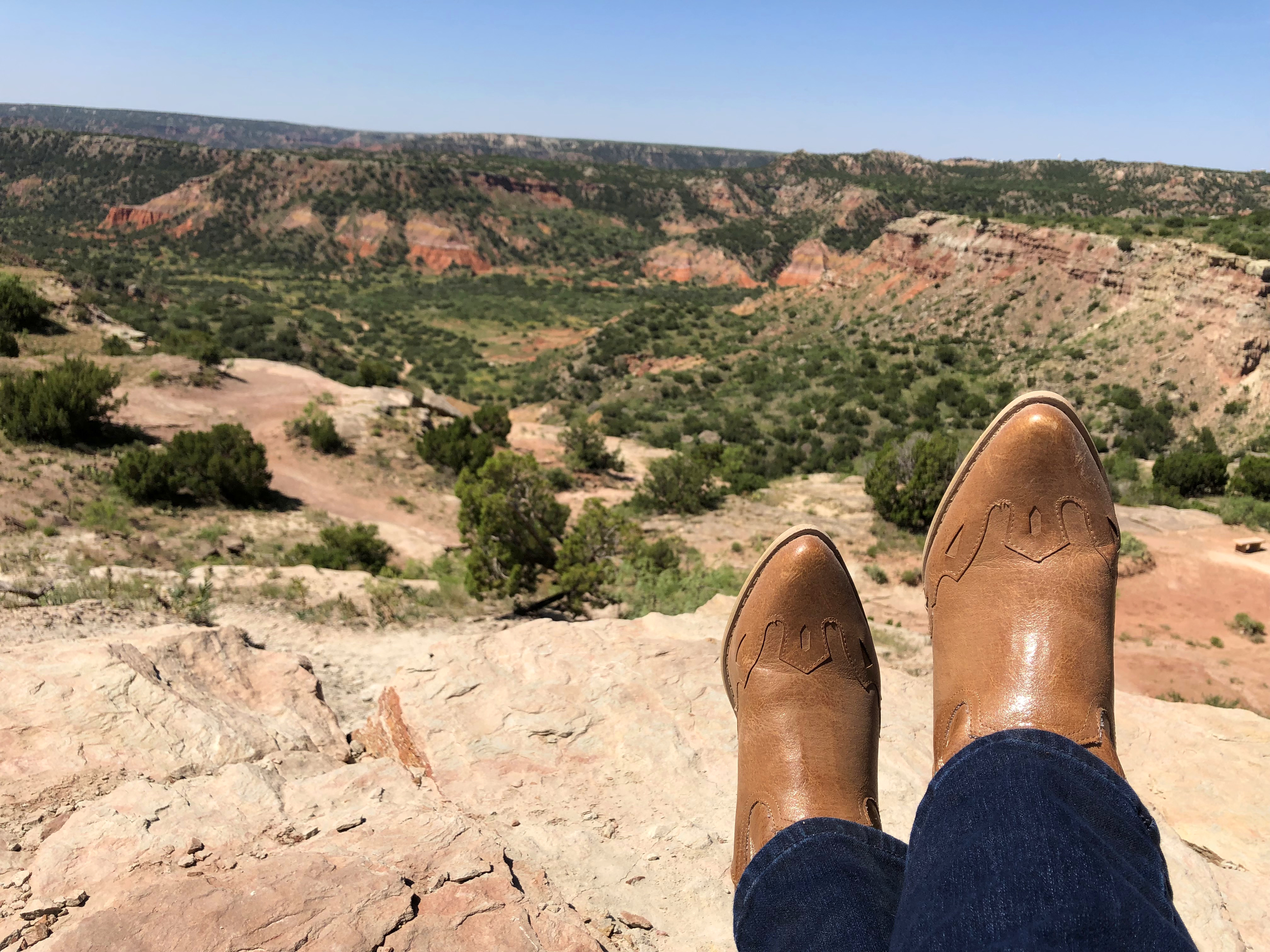
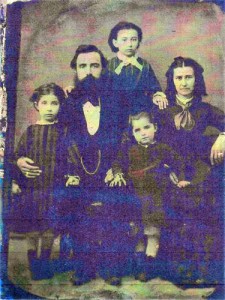
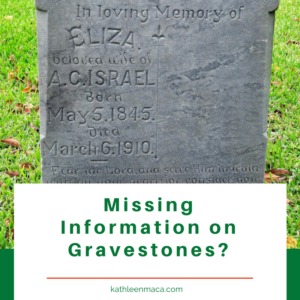
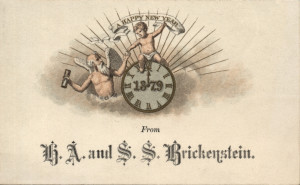
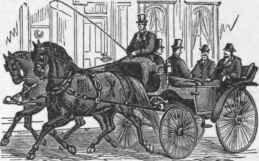

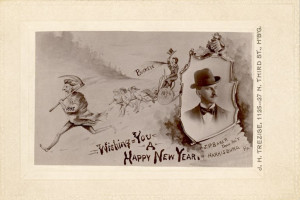
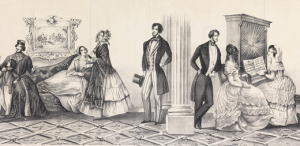 Common visiting hours were from 10 a.m. until 9 p.m. which, although it was enjoyed, must have been quite exhausting. Because of the constant “change of faces” due to the coming-and going of guests, they were to receive each as politely and pleasantly as the first. Thankfully, callers knew to avoid lunch and dinner hours.
Common visiting hours were from 10 a.m. until 9 p.m. which, although it was enjoyed, must have been quite exhausting. Because of the constant “change of faces” due to the coming-and going of guests, they were to receive each as politely and pleasantly as the first. Thankfully, callers knew to avoid lunch and dinner hours.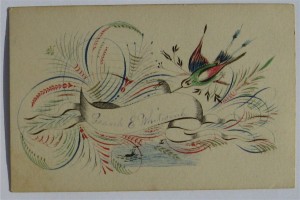 Although the ladies’ visits were considered to be less formal, they would also include refreshments, finery, and by today’s standards seem quite formal.
Although the ladies’ visits were considered to be less formal, they would also include refreshments, finery, and by today’s standards seem quite formal.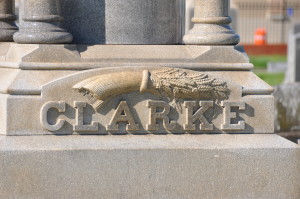
 ng holidays, we are surrounded by symbols of harvest and bounty. One of the most popular symbols of the season’s bounty is a sheaf of wheat, which is why it is often incorporated into decorations.
ng holidays, we are surrounded by symbols of harvest and bounty. One of the most popular symbols of the season’s bounty is a sheaf of wheat, which is why it is often incorporated into decorations.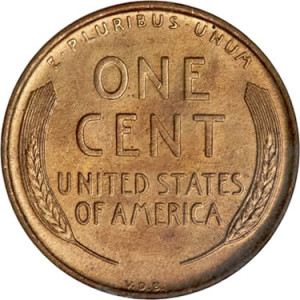 The image is so connected with bounty and prosperity that it was at one time used on United States currency.
The image is so connected with bounty and prosperity that it was at one time used on United States currency.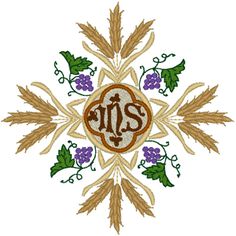 Eucharist, a motif of everlasting life through belief in Jesus. Therefore when wheat is used on gravestones or memento mori, it represents a divine harvest – being cut to resurrect the “harvest” into everlasting life or immortality.
Eucharist, a motif of everlasting life through belief in Jesus. Therefore when wheat is used on gravestones or memento mori, it represents a divine harvest – being cut to resurrect the “harvest” into everlasting life or immortality.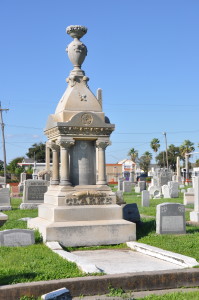 The wheat sheaf can also signify a long and fruitful life, often more than 70 years.
The wheat sheaf can also signify a long and fruitful life, often more than 70 years.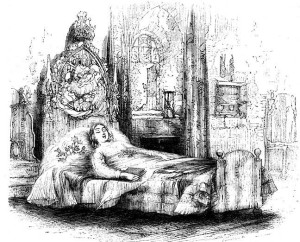 Folklore and customs concerning death and cemeteries can run from humorous to gruesome, and are almost always entertaining. Most of us have heard it’s bad luck to walk across a grave or speak ill of the dead, but if you didn’t know that collecting epitaphs could cause you to lose your memory perhaps you should read on…just in case!
Folklore and customs concerning death and cemeteries can run from humorous to gruesome, and are almost always entertaining. Most of us have heard it’s bad luck to walk across a grave or speak ill of the dead, but if you didn’t know that collecting epitaphs could cause you to lose your memory perhaps you should read on…just in case!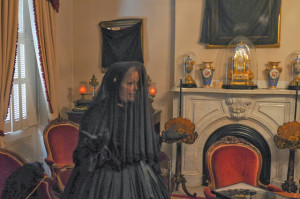
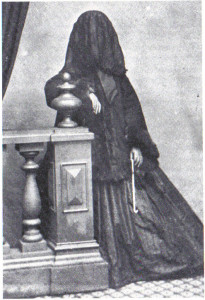
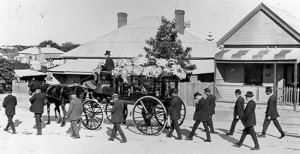
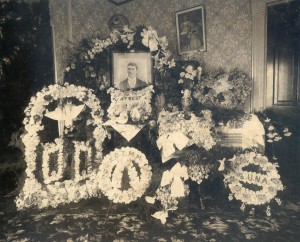

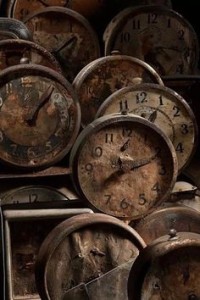
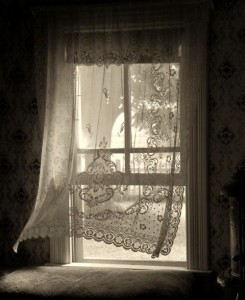
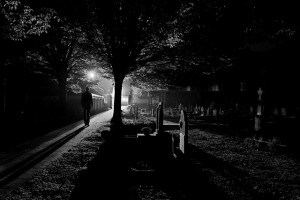


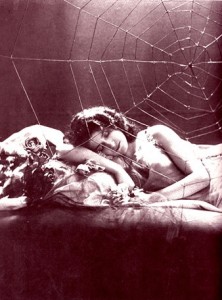

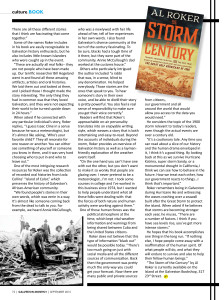

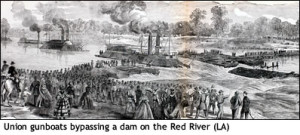 From there, Johann took part in the Red River campaign and was engaged with loss at Sabine Cross Road on April 4, 1864. He re-enlisted during the winter and left on July 21 for furlough in Massachusetts, returning to Donaldsonville in November.
From there, Johann took part in the Red River campaign and was engaged with loss at Sabine Cross Road on April 4, 1864. He re-enlisted during the winter and left on July 21 for furlough in Massachusetts, returning to Donaldsonville in November. While in New Orleans he met NOLA native Married Elenora Johanna Phillippi (1842-1906). They married on September 10, 1866 at St. Matthew’s Evangelical Church in Carrollton, Louisiana.
While in New Orleans he met NOLA native Married Elenora Johanna Phillippi (1842-1906). They married on September 10, 1866 at St. Matthew’s Evangelical Church in Carrollton, Louisiana.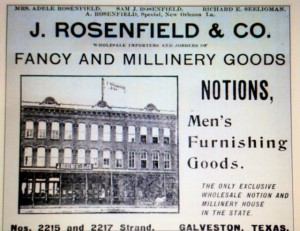
 On September 8, 1900 a hurricane which is still the nation’s worst natural disaster struck the city, smashing buildings and killing thousands of people. John was one of those lost in the tragedy. It was the day after his birthday.
On September 8, 1900 a hurricane which is still the nation’s worst natural disaster struck the city, smashing buildings and killing thousands of people. John was one of those lost in the tragedy. It was the day after his birthday.
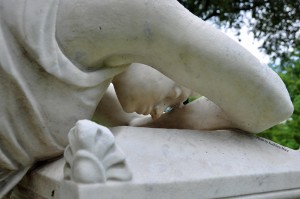 Glenwood’s angel is one of five of these mournful creatures that can be found in Texas.
Glenwood’s angel is one of five of these mournful creatures that can be found in Texas.
 These five Texas angels, as well as others across the world, are based upon the “Angel of Grief,” a 1894 sculpture by William Wetmore Story. It serves as the grave marker of the artist and his wife at the Protestant Cemetery in Rome, Italy.
These five Texas angels, as well as others across the world, are based upon the “Angel of Grief,” a 1894 sculpture by William Wetmore Story. It serves as the grave marker of the artist and his wife at the Protestant Cemetery in Rome, Italy.
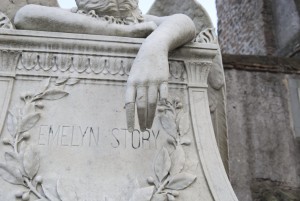



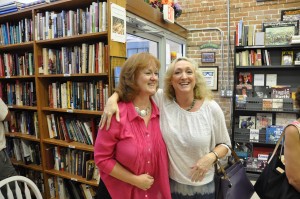

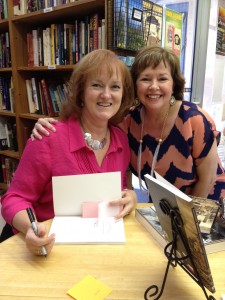
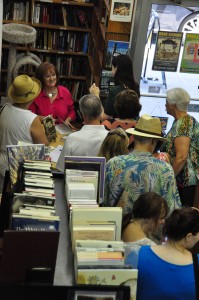
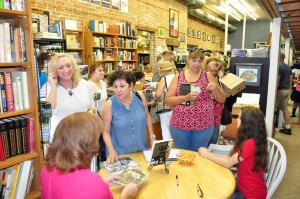


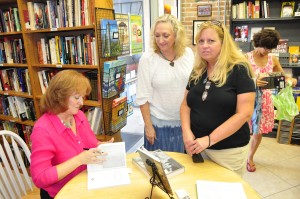
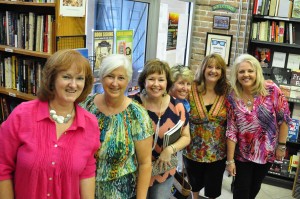

 else related to mourning, they regained popularity during Victorian times. Tears were gathered in the bottles and saved by the mourners. Specially designed
else related to mourning, they regained popularity during Victorian times. Tears were gathered in the bottles and saved by the mourners. Specially designed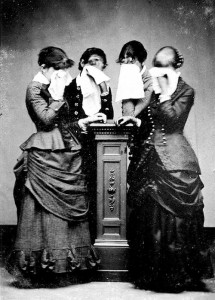 stoppers allowed the tears to slowly evaporate. When the moisture disappeared from the bottle, it could be taken as a sign that the mourning period had ended – a much more forgiving timeline than most mourning traditions of the day.
stoppers allowed the tears to slowly evaporate. When the moisture disappeared from the bottle, it could be taken as a sign that the mourning period had ended – a much more forgiving timeline than most mourning traditions of the day.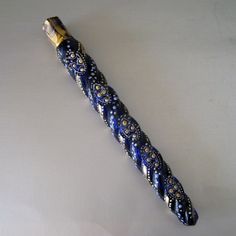 American Civil War, soldiers sometimes gifted their wives and loved ones with tear bottles to fill while they were away. It was seen as a way to prove to a returning warrior that they had been dearly missed. Too often, though, the intended recipient never came home.
American Civil War, soldiers sometimes gifted their wives and loved ones with tear bottles to fill while they were away. It was seen as a way to prove to a returning warrior that they had been dearly missed. Too often, though, the intended recipient never came home.
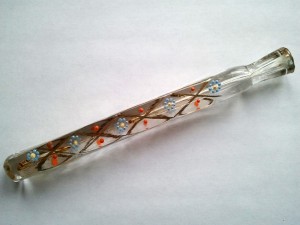


 Robert Henry McGinty was born to Shadrach McGinty and Mary “Polly” Lamar McGinty on April 17, 1824 in Jones County, Georgia. Mary’s father James Lamar, according to family stories, was a first cousin to Mirabeau B. Lamar, the second president of the Republic of Texas.
Robert Henry McGinty was born to Shadrach McGinty and Mary “Polly” Lamar McGinty on April 17, 1824 in Jones County, Georgia. Mary’s father James Lamar, according to family stories, was a first cousin to Mirabeau B. Lamar, the second president of the Republic of Texas.

